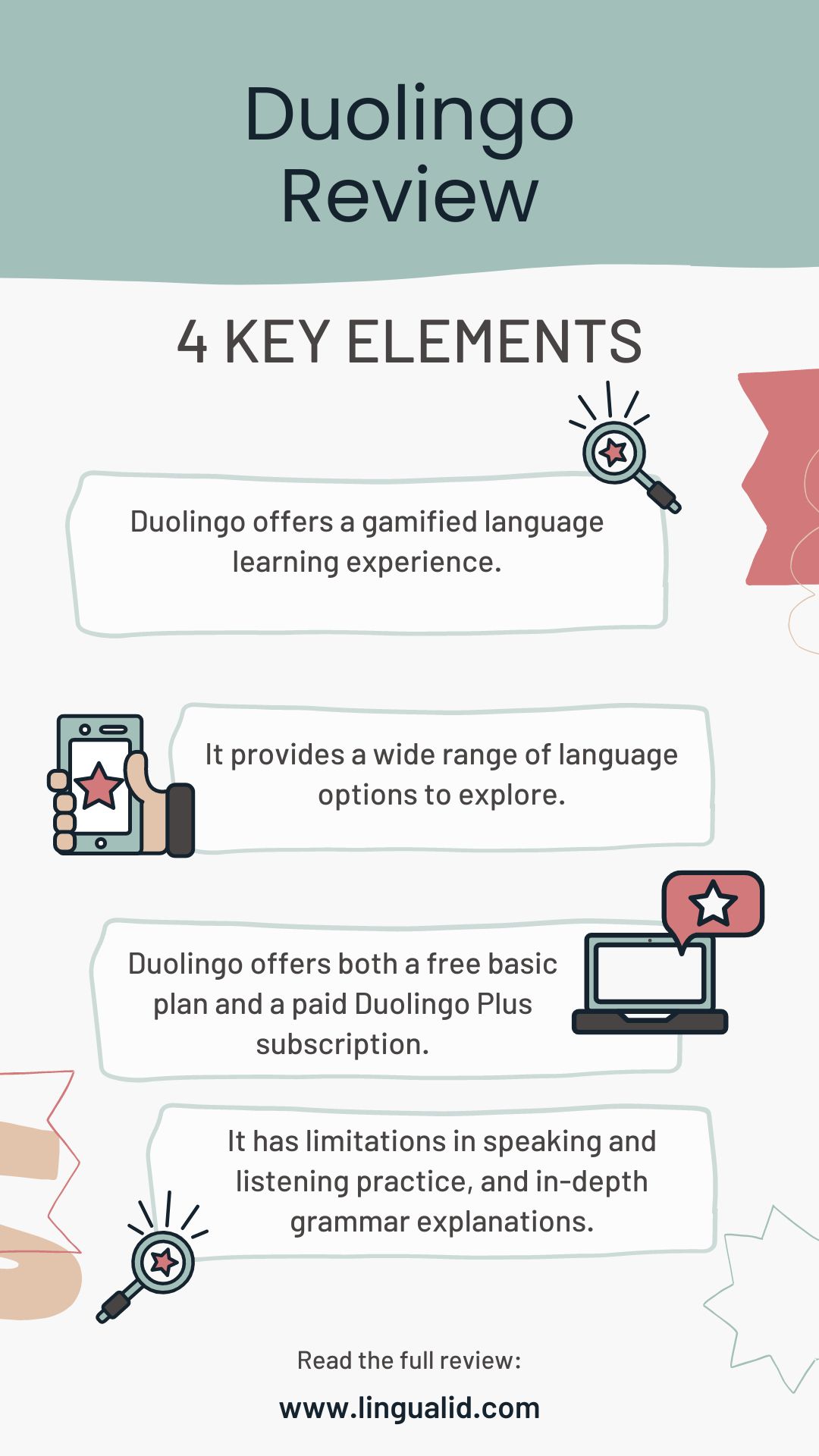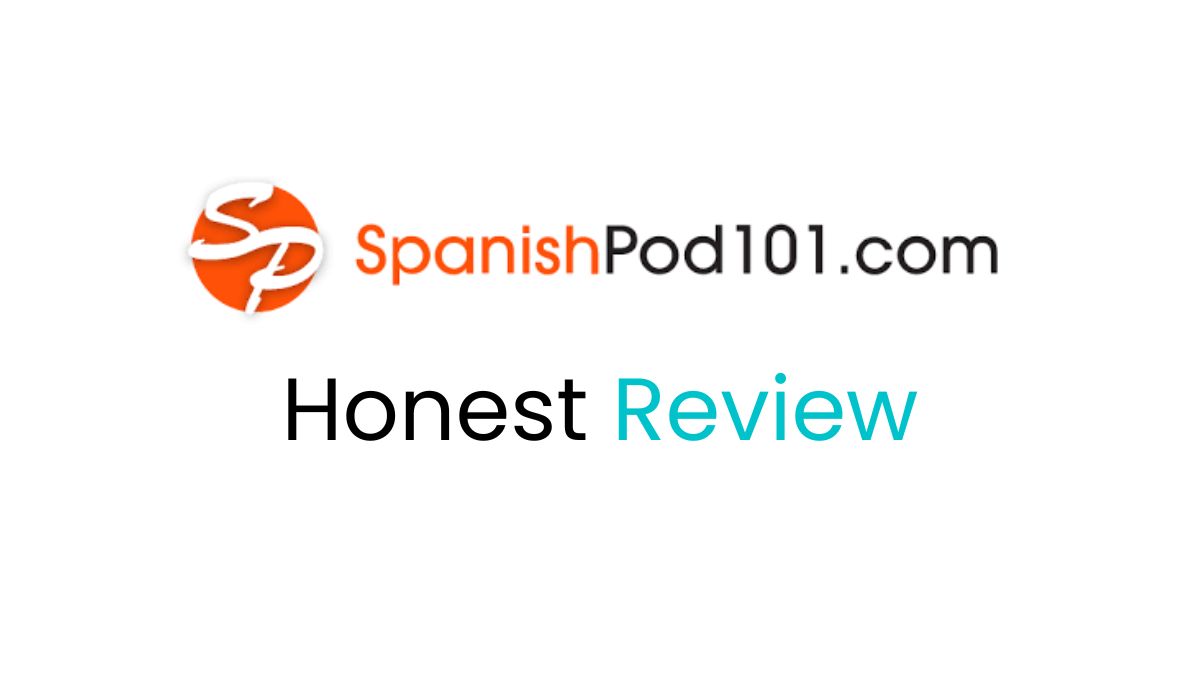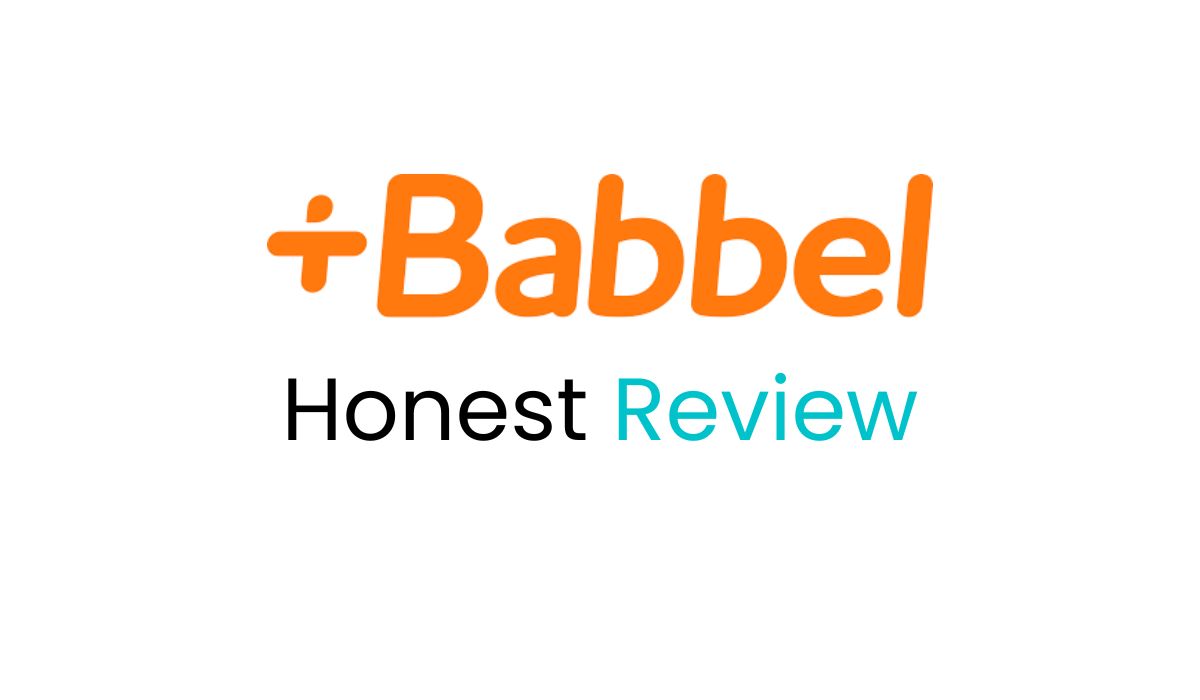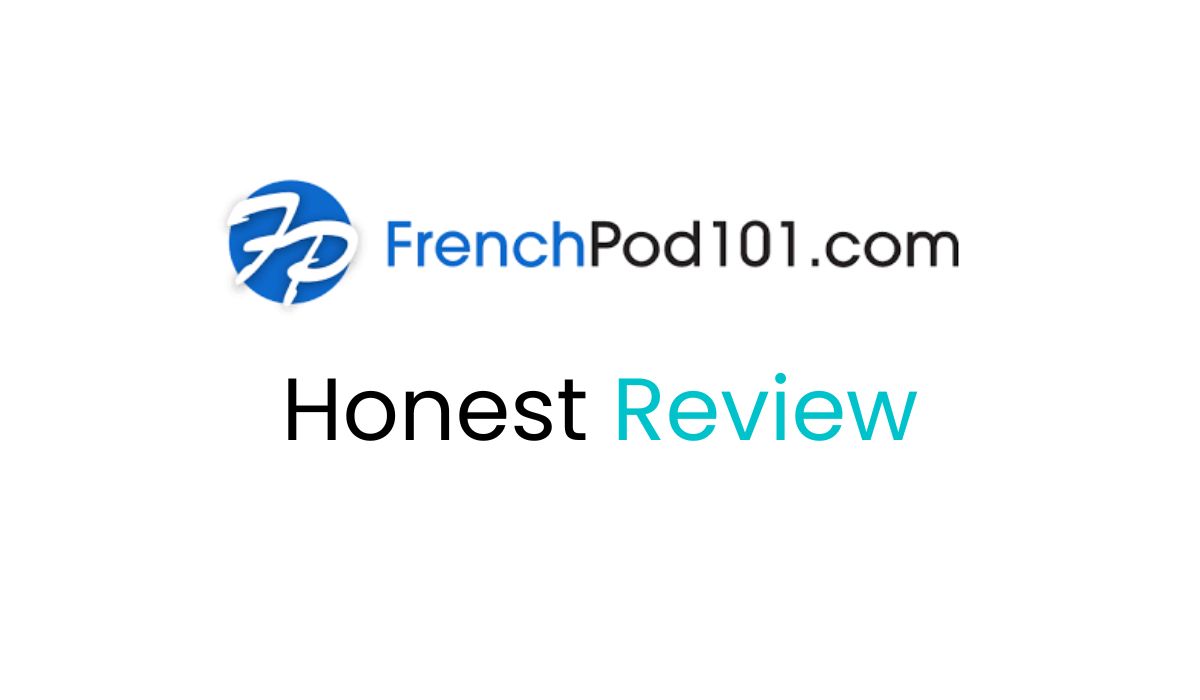Introduction
Duolingo is a popular language learning platform that has gained significant attention in recent years. With its unique gamified approach, Duolingo aims to make language learning accessible, engaging, and fun for people of all ages. In this Duolingo review, we will explore the features, benefits, and drawbacks of Duolingo, helping you determine if it’s the right language learning tool for you.
Key takeaways:
- Duolingo offers a gamified language learning experience.
- It provides a wide range of language options to explore.
- Duolingo offers both a free basic plan and a paid Duolingo Plus subscription.
- It has limitations in speaking and listening practice, and in-depth grammar explanations.
- Duolingo is convenient and suitable for casual language learners.
What is Duolingo?
Duolingo is an online language learning platform that offers free language courses for over 40 languages. It was founded in 2011 by Luis von Ahn and Severin Hacker and has since grown to become one of the most widely used language learning apps in the world. Duolingo provides a structured curriculum for learners, covering various aspects of language learning, including vocabulary, grammar, listening, reading, and writing.
Duolingo’s Language Learning Methodology
Gamification and Motivation
One of the key aspects that set Duolingo apart is its gamified learning approach. Duolingo incorporates game-like elements, such as achievements, badges, and leveling up, to motivate learners to progress through the language courses. The use of rewards and a sense of accomplishment helps users stay engaged and motivated while learning.
Bite-sized Lessons
Duolingo breaks down language learning into bite-sized lessons, making it easy for learners to fit short study sessions into their daily routines. Each lesson focuses on a specific topic or concept, allowing users to learn at their own pace. The bite-sized nature of the lessons ensures that learners don’t feel overwhelmed and can maintain their focus and attention.
Spaced Repetition
Duolingo utilizes spaced repetition, a technique that optimizes the review of previously learned material at strategically spaced intervals. This approach helps reinforce knowledge retention and ensures that learners revisit and practice concepts at the right time to solidify their understanding.
Languages Available on Duolingo
Duolingo offers a wide range of language courses for English speakers. Here is a list of languages available on Duolingo:
- Spanish
- French
- German
- Japanese
- Italian
- Korean
- Chinese
- Russian
- Portuguese
- Turkish
- Arabic
- Hindi
- Dutch
- Swedish
- Latin
- Greek
- Irish
- Polish
- Norwegian
- Hebrew
- High Valyrian
- Vietnamese
- Hawaiian
- Danish
- Romanian
- Indonesian
- Welsh
- Czech
- Swahili
- Scottish Gaelic
- Hungarian
- Ukrainian
- Klingon
- Esperanto
- Navajo
Whether you’re interested in widely spoken languages like Spanish and French or niche languages like High Valyrian and Klingon, Duolingo has diverse courses to cater to your language learning preferences.
Who is Duolingo for
Duolingo caters to a wide range of language learners, making it suitable for various individuals and language learning goals. Here’s a breakdown of who can benefit from using Duolingo:
Beginners
Duolingo is beneficial for beginners who want to start learning a new language from scratch. The platform offers a structured curriculum that gradually introduces vocabulary, grammar, and language skills in an accessible and engaging manner.
Self-motivated Learners
Duolingo is an excellent choice for individuals who prefer self-paced learning and are motivated to learn independently. The gamified nature of the platform, progress-tracking features, and achievement badges help maintain motivation and encourage regular practice.
Casual Learners
If you’re looking to learn a language casually without the pressure of formal language courses, Duolingo provides a fun and interactive learning experience. It’s suitable for those who want to explore a new language as a hobby or for travel purposes.
Supplemental Tool
Duolingo can serve as a valuable supplemental tool for individuals already studying a language through other means. It can reinforce vocabulary, grammar, and language skills learned elsewhere, providing additional practice and exposure to the language.
Budget-Conscious Learners
Duolingo’s free version makes it an attractive option for individuals on a tight budget. The extensive range of language courses and features available at no cost makes language learning accessible to anyone with an internet connection.
Language Enthusiasts
Duolingo appeals to language enthusiasts who enjoy exploring multiple languages. Whether you want to learn popular languages or delve into less commonly taught ones, Duolingo offers a wide selection, allowing you to quench your language curiosity.
Travelers
For those planning to travel to a foreign country, Duolingo can be a useful tool to learn basic phrases, greetings, and essential vocabulary. It can help you navigate in a foreign land and communicate with locals more effectively.
How to Effectively Use Duolingo
Duolingo is a powerful language learning tool, and by following some effective strategies, you can optimize your learning experience. Here are some tips on how to make the most out of your Duolingo journey:
Set Clear Goals
Start by setting specific language learning goals. Determine what you want to achieve with Duolingo, whether it’s improving your vocabulary, mastering grammar concepts, or becoming conversationally fluent. Clear goals will help you stay focused and motivated throughout your learning journey.
Establish a Learning Routine
Consistency is key when using Duolingo. Create a daily or weekly learning schedule that fits your lifestyle. Dedicate a specific time slot for Duolingo practice to ensure regular and ongoing progress. Whether it’s 10 minutes or an hour, consistent practice will yield better results.
Complete Lessons and Strengthen Skills
Duolingo offers a structured curriculum with different lessons and skill levels. Start with the basics and work your way up. Complete lessons and regularly revisit previously learned skills to reinforce your knowledge. Strengthening weaker skills is crucial for long-term retention.
Use All Available Features
Explore all the features Duolingo has to offer. Take advantage of listening exercises, speaking challenges, and writing prompts. Utilize hints and tips provided during lessons, and don’t hesitate to use the discussion forums or seek help from the Duolingo community when you encounter difficulties.
Practice Speaking and Listening Skills
While Duolingo may not offer extensive speaking and listening practice, you can supplement it by practicing with native speakers, language exchange partners, or using additional resources like language apps or online platforms. This will help you develop more well-rounded language skills.
Engage with the Duolingo Community
Duolingo has a vibrant community of learners who share their experiences, tips, and support. Participate in discussions, join language clubs, and interact with fellow learners. Engaging with the community can enhance your motivation, provide additional resources, and create a sense of accountability.
Track Your Progress
Take advantage of Duolingo’s progress-tracking features. Monitor your daily streaks, XP points, and skill levels. Celebrate your milestones and achievements to stay motivated. Seeing your progress visually can be highly encouraging and serve as a reminder of how far you’ve come.
Supplement Duolingo with Other Resources
While Duolingo is an excellent language learning tool, it’s beneficial to supplement it with other resources. Read books or articles in your target language, watch movies or TV shows, listen to podcasts or music, and engage in real-life conversations. Immersion in the language will enhance your overall language skills.
Remember, learning a language requires time, effort, and patience. Duolingo can be a valuable asset in your language learning journey, but it’s essential to combine it with consistent practice, real-life application, and exposure to the language outside the app.
Duolingo Review: User Experience and Interface
Mobile App and Desktop Version
Duolingo offers both a mobile app and a desktop version, providing users with flexibility in choosing their preferred platform for learning. The mobile app allows learners to practice languages on the go, while the desktop version offers a more comprehensive learning experience with additional features.
User-Friendly Interface
The Duolingo interface is designed to be user-friendly, making it easy for beginners to navigate and interact with the platform. The lessons are presented in a clear and concise manner, and the interface provides hints and tips to assist learners when needed. The intuitive design ensures that users can focus on learning without getting overwhelmed by complex features.
Progress Tracking
Duolingo tracks users’ progress and provides a visual representation of their learning journey. Learners can see their daily streaks, XP points earned, and the skills they have mastered. The progress tracking feature not only serves as a motivational tool but also allows users to monitor their advancement and set achievable goals.
Language Courses Available
Popular Languages
Duolingo offers a wide range of courses for popular languages, such as Spanish, French, German, and Italian. These courses cater to learners of different proficiency levels, from beginners to advanced. The popularity of these language courses ensures that learners have access to a wealth of resources and support from the Duolingo community.
Lesser-Known Languages
In addition to popular languages, Duolingo also provides courses for lesser-known languages, including Irish, Welsh, Swahili, and Esperanto. This makes Duolingo a valuable resource for individuals interested in exploring languages that are not commonly taught in traditional language learning settings.
Course Quality and Effectiveness
The quality and effectiveness of Duolingo’s language courses vary. While some courses are well-developed and offer comprehensive learning materials, others may have limitations in terms of content or language instruction. It’s important for learners to read reviews, consider their goals, and assess the course’s relevance to their language learning needs before diving into a specific course.
Duolingo Plus Subscription
Benefits of Duolingo Plus
Duolingo offers a premium subscription called Duolingo Plus, which provides additional features and benefits to enhance the learning experience. With Duolingo Plus, users can enjoy an ad-free environment, offline access to lessons, unlimited hearts (a feature that allows users to make mistakes without penalties), and progress quizzes to assess their language proficiency.
Duolingo Review: Pricing
Duolingo offers different pricing options for its users. Here are the details:
- Duolingo Super (formerly Duolingo Plus): Duolingo Super is a premium subscription plan that provides additional features and benefits. It is priced at $6.99 per month. With Duolingo Plus, users can access an ad-free experience, offline lessons, and progress tracking.
- Basic Learning Plan: Duolingo also offers a free basic learning plan, which allows users to access the core features of the app without any cost. The basic plan is a great option for those who want to start learning a language without any financial commitment.
- Duolingo Yearly Subscription: For users who prefer a longer commitment, Duolingo offers a yearly subscription plan. The Duolingo yearly subscription costs $83.88, which is equivalent to $6.99 per month. Opting for the yearly plan provides users with continuous access to Duolingo Plus benefits for 12 months.
Is Duolingo Plus Worth it?
Whether Duolingo Plus is worth the investment depends on individual preferences and learning goals. The ad-free experience, offline access, and unlimited hearts can be beneficial for users who want a seamless and uninterrupted learning experience. However, many learners find the free version of Duolingo sufficient for their needs, and the Plus subscription may not be necessary for everyone.
Duolingo Review: Pros And Cons
Pros of Using Duolingo
Free Access
One of the biggest advantages of Duolingo is its accessibility. The platform offers a vast range of language courses for free, allowing anyone with an internet connection to start learning a new language without any financial barriers. This makes it an excellent option for individuals on a tight budget or those who want to explore multiple languages without committing to a specific course.
Fun and Engaging Learning Experience
Duolingo’s gamified approach to language learning makes the process enjoyable and engaging. The use of interactive exercises, challenges, and rewards keeps learners motivated and encourages regular practice. By transforming language learning into a game-like experience, Duolingo appeals to a wide range of users, including children and adults.
Community and Social Features
Duolingo fosters a sense of community among learners through its social features. Users can add friends, join clubs, and compete with others to enhance their language learning experience. The community aspect provides opportunities for interaction, support, and even language practice with native speakers.
Cons of Using Duolingo
Limited Speaking and Listening Practice
While Duolingo offers exercises for listening and speaking practice, these aspects of language learning are relatively limited compared to reading and writing. The absence of real-time conversations and interactions can hinder the development of speaking and listening skills, which are essential for practical language use.
Simplified Language Structure
Duolingo simplifies language structures to facilitate learning, which may not reflect the complexity of real-world language use. Learners may encounter challenges when transitioning from Duolingo to authentic conversations or texts, as the platform’s exercises often focus on isolated grammar and vocabulary rather than contextual usage.
Lack of Personalized Feedback
Duolingo provides automated feedback on exercises but lacks personalized guidance from instructors. While this may suffice for self-motivated learners, individuals who prefer tailored feedback or have specific language learning needs may find this aspect lacking. The absence of human interaction can limit the depth of language learning and hinder progress in certain areas.
| Pros | Cons |
| Gamified learning experience | Limited speaking and listening practice |
| Wide range of languages available | Lack of in-depth grammar explanations |
| User-friendly interface | Not suitable for advanced language learners |
| Bite-sized lessons | Heavy reliance on multiple-choice questions |
| Progress tracking and achievements | Less focus on cultural context and real-life scenarios |
| Free basic learning plan | Inclusion of occasional errors in sentences and translations |
| Mobile app accessibility | Limited access to advanced vocabulary and specialized topics |
Duolingo Alternatives
While Duolingo is a popular language learning app, there are several alternatives available that offer different approaches and features. Here are some noteworthy alternatives to Duolingo:
Rosetta Stone
Rosetta Stone is a well-known language learning platform that emphasizes immersive learning through interactive exercises, speech recognition, and real-life scenarios. It offers a wide range of languages and focuses on developing all language skills, including speaking, listening, reading, and writing.
Babbel
Babbel is another prominent language learning app that provides comprehensive courses designed by language experts. It emphasizes practical vocabulary and dialogues, making it suitable for learners who want to quickly acquire conversational skills. Babbel offers a user-friendly interface and personalized learning paths.
Related: Babbel review
Memrise
Memrise combines spaced repetition, mnemonic techniques, and interactive exercises to help users memorize vocabulary effectively. It offers a variety of user-generated content and a diverse selection of languages. Memrise also includes features like video clips and native speaker recordings to enhance the learning experience.
Related: Memrise review
Pimsleur
Pimsleur is an audio-based language learning program that focuses on developing conversational skills. It uses a structured approach, emphasizing pronunciation and listening comprehension. Pimsleur’s courses are available for a wide range of languages and are particularly useful for learners who prefer audio-based learning.
Related: Pimsleur review
Lingodeer
Lingodeer offers interactive lessons that cover grammar, vocabulary, listening, speaking, and writing skills. It incorporates gamification elements and provides clear explanations to aid language comprehension. Lingodeer offers courses for languages like Korean, Japanese, Chinese, and more.

Conclusion
To sum up this Duolingo review, the app offers a unique and engaging language learning experience through its gamified approach and accessible platform. With a wide range of language courses, a user-friendly interface, and the option for a premium subscription, Duolingo caters to learners of all levels and interests. While it has limitations in certain areas, such as speaking and personalized feedback, Duolingo remains a valuable resource for those looking to start their language learning journey or supplement their existing language skills.
Oualid Cheddadi is the founder of Lingualid, a platform that inspires independent language learners worldwide, regardless of the language they are learning. The name “Lingualid” is derived from the Portuguese word for “language,” “língua,” and the last three letters of Oualid’s name, “Lid.”



